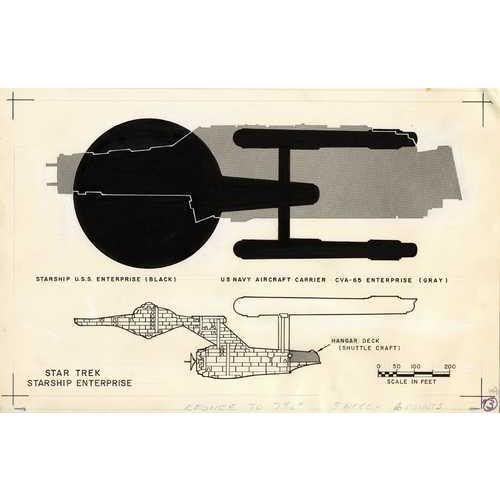So, you studied aeronautical engineering and have worked for aerospace companies? You have hardware you designed flying right now?Mr. Brown,
I think you have a flawed understanding of what causes aerodynamic lift that came from the way it's taught in elementary school.
How many airfoils have you, personally, designed?
How much "wind tunnel" time do you have under your belt?
You really might want to spend a little time looking at the pedigree of the person you're talking about before you make that sort of comment.
And if you'd bothered to read my entire post, you would have noted that I actually discussed the very point you seem to think I'm somehow "missing." (Go back and look for a recommendation that those who don't understand this put their hand out their car window while driving.)Lift is not entirely caused by the higher velocity of fluid on the upper surface. Yes Bernoulli's principle does tell us that a faster fluid has a lower pressure. Most of the lift on an airfoil is caused by flow turning. They way you explained an airfoil does not allow for inverted flight. An airfoil DOES NOT have to have a longer surface on top. As a matter of fact the supercritical airfoil has the longer surface on the bottom. http://www.aerospaceweb.org/question/airfoils/supercritical/whitcomb.gif
You'll want to read this NASA page, they can explain it better than I.
http://www.grc.nasa.gov/WWW/K-12/airplane/wrong1.html
The point I was trying to make earlier is if you can get it to move with enough airspeed and give it an angle of attack then it will produce lift.
And the very issue with the "supercritical" design you show is defined when you look at the airflow over the surface. I simply didn't think it was appropriate to get into detailed discussions of turbulence, and of boundary layer effects, in this sort of a forum.
Seriously... accusing me of having a "elementary school" understanding of this is an insult. A weak, unsuccessful one, but still an insult.
This forum has quite a few very smart people who post here regularly. You should show a bit more thought about your choice of words.




